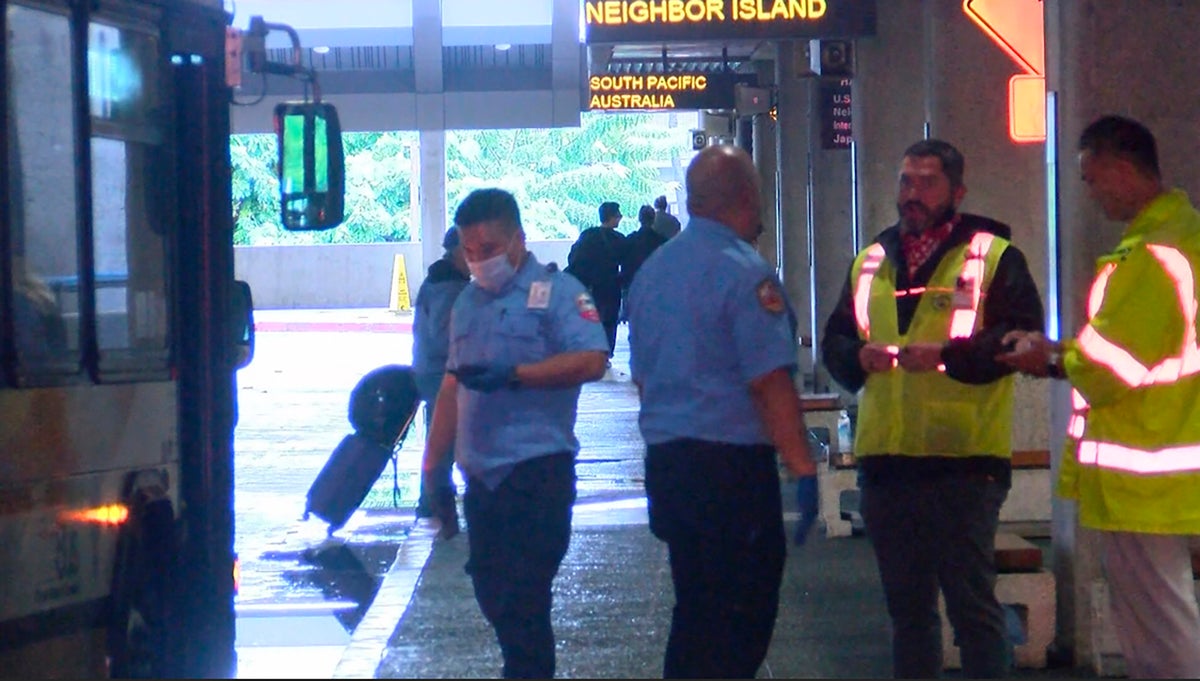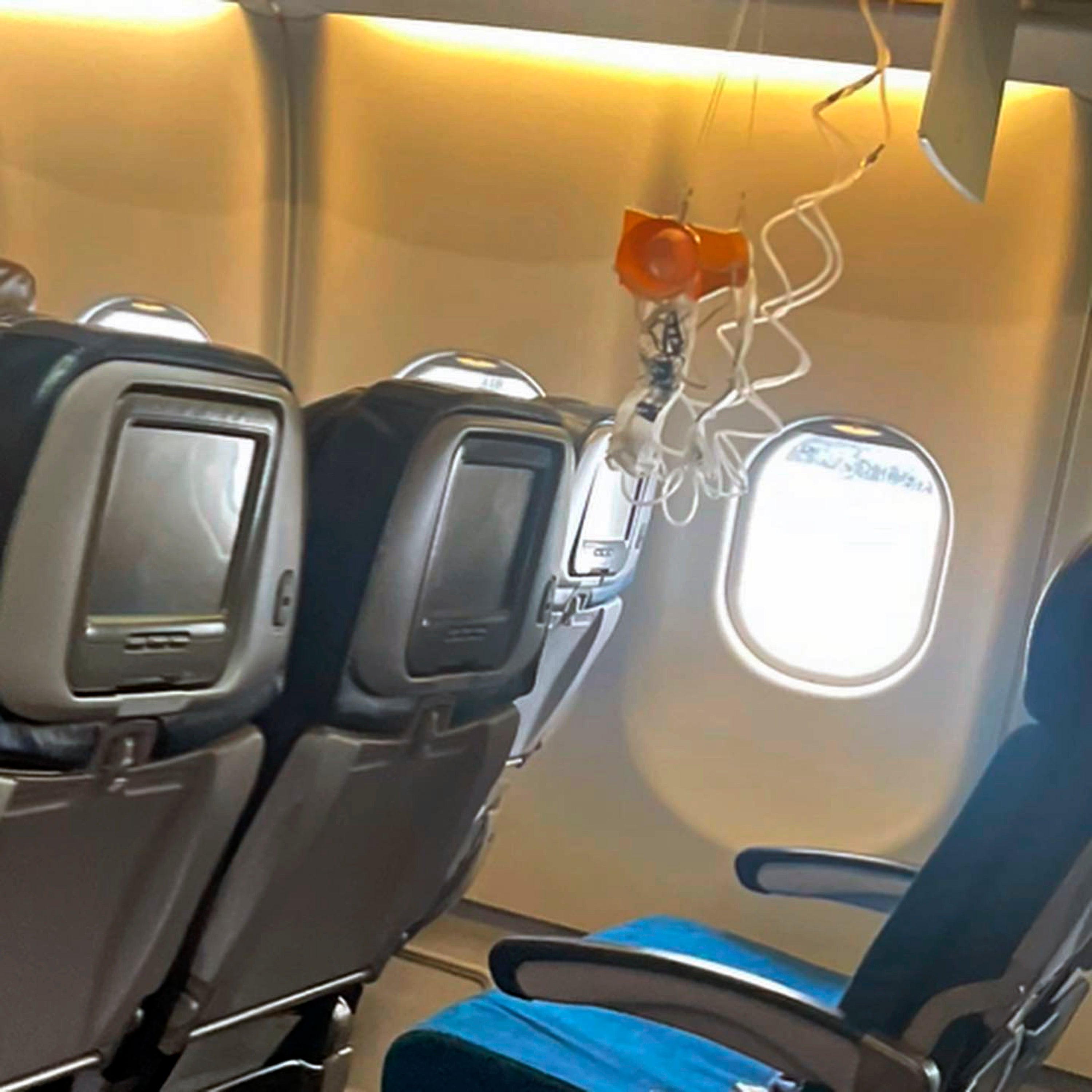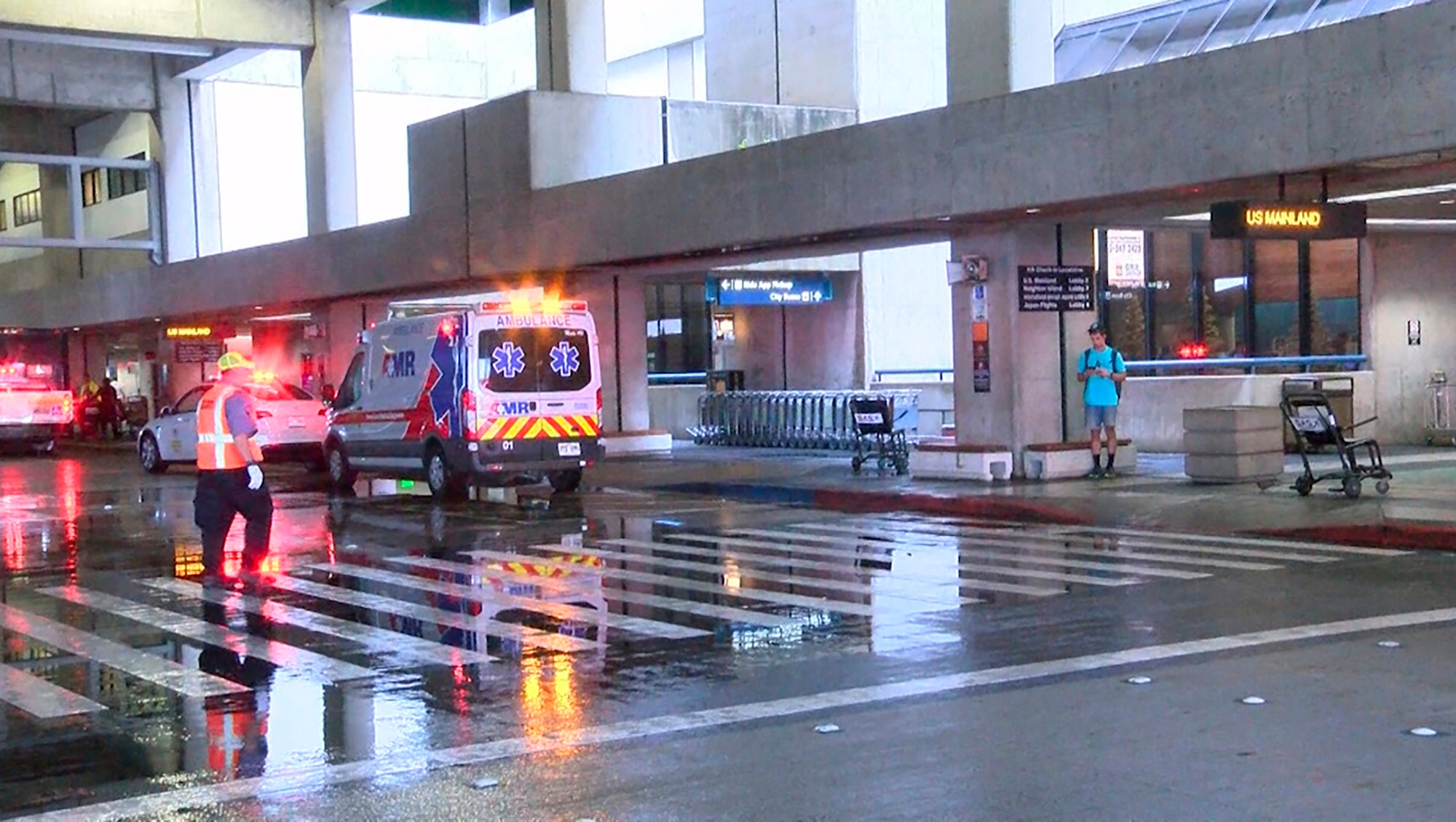
Eleven people were seriously injured after severe turbulence rocked a Hawaiian Airlines flight from Phoenix to Honolulu on Sunday.
The Airbus A330 was carrying 278 passengers and 10 crew members at the height of 36,000 feet when it encountered severe turbulence while approaching the island, a spokesperson told Honolulu Star-Advertiser.
At least three dozen people were injured, in what an airlines official called an “isolated and unusual event”. Three flight attendants were among the injured in the incident that took place about half an hour prior to the landing.
A video filmed shortly after the plane’s touch-down showed the cabin in disarray with personal belongings and other objects strewn across the aisle and passengers wearing oxygen masks.
The cabin crew could also be heard on the loudspeaker requesting the support of medical personnel onboard to help with the injured.
Additional footage showed many people being attended to by ambulance paramedics at the airport.
The airline hasn’t experienced “an incident of this nature in recent history”, said Jon Snook, chief operating officer. He added that while the airline was familiar with the weather forecast, there was no warning that "particular patch of air... was in any way dangerous".
Emergency responders treated 36 patients, who had a number of injuries ranging from nausea to minor bruises, said Jim Ireland, director of the Honolulu Emergency Medical Services. While 20 people were taken to the hospital, nine were in a stable condition with injuries ranging from lacerations, bruising and loss of consciousness, reported the outlet.
At least one person was reported to have been rendered unconscious but all patients were awake and talking when they reached the hospital, Mr Ireland said, adding that some people were also nauseous and vomiting due to the extreme motion.

About 11 people were deemed to be in a serious condition. “We are also very happy and we feel fortunate that there were not any deaths or other critical injuries. And we’re also very hopeful that all will recover and make a full recovery," he said.

"(Flight) HA35 from PHX to HNL encountered severe turbulence & landed safely in HNL at 10.50am today," the airline said in a statement posted to Twitter. "Medical care was provided to several guests [and] crew members at the airport for minor injuries while some were swiftly transported to local hospitals for further care.
“We are supporting all affected passengers [and] employees and are continuing to monitor the situation.”
A passenger, Kaylee Reyes, told Hawaii News Now that her mother had just sat down when the turbulence hit, adding that she did not even have an opportunity to tighten the seat belt.
"She flew up and hit the ceiling," Ms Reyes said.
Seat belt sign was on at the time the incident took place, said Mr Snook, adding that there was also some internal damage to the aircraft as well.
Meanwhile, Thomas Vaughan, a meteorologist with the National Weather Service in Honolulu, said there had been a weather advisory out for thunderstorms that included Oahu and areas that would have included the flight path at the time of the incident.
Mr Snook said he didn’t know how much altitude the plane lost during the turbulence, adding that it would be part of an investigation involving the National Transportation Safety Board. The plane’s flight data recorder would provide those details, he said.
The probe would also look at what the passengers and crew were doing at the time of the incident.
The airbus began its descent immediately after turbulence hit the plane with the crew declaring an emergency due to the number of injuries on board, he said.
The plane will also undergo a thorough inspection to fix the components in the cabin.
“If you don’t have your seatbelt on, you stay where you are as the aircraft goes down and that’s how those injuries occur,” Mr Snook said.
The investigation will examine what other measures were taken, aside from turning on the fasten seatbelt sign, to ensure passengers were buckled in, he said.
The airline had diverted other flights on Sunday due to a lack of visibility.
Earlier in 2019, 37 passengers and flight crew members were injured when an Air Canada flight from Vancouver to Sydney hit intense turbulence about two hours past Hawaii.
The Boeing 777-200 was diverted to Honolulu, where the injured received treatment. Thirty people were taken to hospitals and nine had serious injuries.
Over the Atlantic, a 2017 American Airlines flight from Athens hit severe turbulence along the New York coastline. Seven crew members and three passengers were injured.
Most people associate turbulence with heavy storms. But the most dangerous type is so-called clear-air turbulence. The wind-shear phenomenon can occur in wispy cirrus clouds or even clear air near thunderstorms, as differences in temperature and pressure create powerful currents of fast-moving air.
Planes can sail into clear-air turbulence without warning.
Additional reporting from the wires







